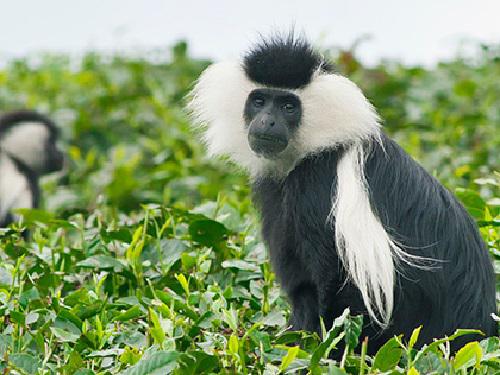Yves P Gakunde
This research project will provide information that could potentially be used to negotiate with communities around protected areas about being involved in projects aiming at increasing biodiversity conservation in protected areas. During this research, I expect to start conversations between local leaders and representatives of households about opportunities and challenges for the conservation of Gishwati-Mukura National Park. This will be achieved through focus groups made by both local leaders and households representatives. I will use interviews to gauge the level of community’s understanding of the importance of biodiversity conservation as well as obstacles households face and what support may increase their participation in conservation activities. During this research, information about how to start conservation clubs will be gathered and I plan on identifying local community members interested in forming those clubs that will assist local leaders in educating and motivating the rest of the community to participate in biodiversity conservation.

Gishwati area deforested for animal grazing.
The forest of Gishwati was classified as a natural reserve in 1930 and hosts about 58 species of trees and shrubs, including numerous indigenous hardwoods and bamboo. Gishwati forest is home to endangered primates, including the chimpanzee (Pan troglodytes) and golden monkey (Cercopithecus mitis kandti), and over eighty different bird species. Currently Gishwati forest offers a habitat to around 30 chimpanzees, 209 species of birds (with 20 species endemic to the Albertine Rift, and 10 on the IUCN Red List) and a number of amphibians and reptiles (Kisioh, 2015).

Primate in Gishwati.
Despite being a home to a variety of plant and animal species, Gishwati forest has been degraded and reduced from 28000 hectares (size in 1970) to 886 hectares (size in 2008). One of the main challenges facing Gishwati-Mukura National Park and other protected areas in Rwanda and in Africa in general is poaching. During this research, an attempt will be made to understand reasons why such illegal activities are happening and what could be done to help poachers change their behaviours. Information gathered about this issue will be communicated to both local leaders and institutions involved in biodiversity conservation in this area with the aim of designing ways to support poachers in changing their behaviors and recognizing the importance of protecting biodiversity and ecosystem services.
Deforestation has been another key issue in this area and is usually driven by the livelihood needs from both local communities and other communities far from the park. The reduction in forested area in Gishwati was a result of a dramatic deforestation due to the conversion of the area to settlements, agricultural lands, pastures, and for timber and energy usage. With the current initiatives funded by the World Bank to reforest the area, the need to understand communities’ needs before reforestation activities take place was identified as important in making sure that members of communities understand the benefits from reforestation. During this research questions to gauge the level of communities’ understanding of the importance of reforestation will be asked and the information will assist in developing educational materials for these communities about long-term benefits of biodiversity conservation. The questionnaire to be used in this research is intended to help collect data but at the same provide education on why we do invest in biodiversity conservation and also identify those who may take a lead in forming and leading biodiversity conservation clubs.